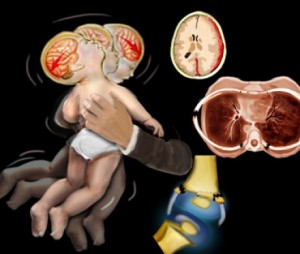

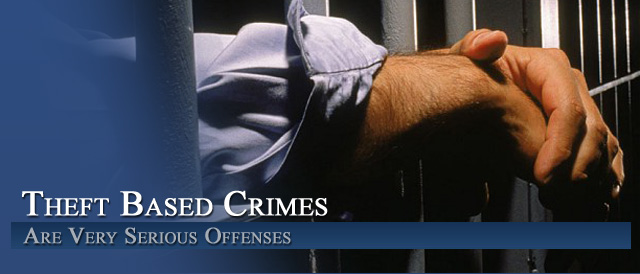

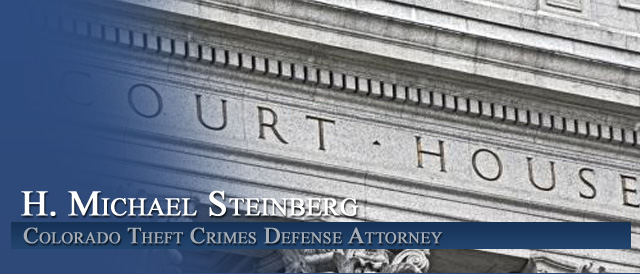
Objecting To DA’s Use Of Computer Simulations – Animations – Colorado Criminal Law Series
By H. Michael Steinberg – Colorado Criminal Defense Lawyer – Email the Author at [email protected]
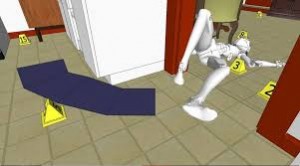 Objecting To DA’s Use Of Computer Simulations – Animations – Colorado Criminal Law Series – In a recent Colorado case of so called “Road Rage” (2014) – the Colorado District Attorney’s office prosecuting the case admitted at trial a computer generated animation (CGI) of the alleged crime incident based on a witness’ description .
Objecting To DA’s Use Of Computer Simulations – Animations – Colorado Criminal Law Series – In a recent Colorado case of so called “Road Rage” (2014) – the Colorado District Attorney’s office prosecuting the case admitted at trial a computer generated animation (CGI) of the alleged crime incident based on a witness’ description .
At the trial the animation was played over and over notwithstanding the defense lawyer’s repeated objection and despite the fact that the witness testified to several inaccuracies in the animation itself.
The case was sent back for retrial because the judge in the case did not follow the law as handed down in the “4 step test” of the Colorado case of People v. Cauley (2001).
While Cauley addressed animation in a Shaken Baby Syndrome case – understanding the technical legal differences between animations and computer simulations is important.
Judge’s Have Great Discretion In Admitting Evidence Of Any Kind
On appeal – the Court of Appeals will not “disturb” a trial court’s evidentiary ruling unless that ruling is “manifestly arbitrary, unreasonable, or unfair.
If judge’s have such great discretion as regards the admissibility of a computer-generated animation – what tactics should be used to stop the unfair use of such state funded techcniques to win at trial?
Understanding The Simulation vs. The Animation
A “simulation” can be defined as an experiment based upon scientific principles and data. If it is a true computer simulation case – data is typically entered into a computer. The computer is then programmed to analyze and draw conclusions from that data. The acceptance of the conclusions of the experiment depends on the proper application of scientific principles. Every step of the simulation should be challenged by the defense.
What Then Is An Animation?
A animation is not a recreation of a specific event. It is supposed to be a way to demonstrate or otherwise to illustrate a witness’ testimony. When – in a simulation – a video is an actual reproduction of an experiment – (for example – it is intended to recreate an accident) – then it must be conducted under exact conditions to those of the accident.
But an animation is distinguishable from a simulation because..
“it is demonstrative, rather than scientific, and the validity of the conclusion does not depend on proper application of scientific principles.“
The Law Is Not As Strict As To The Admission Of Animations (vs Simulations)
A computer animation is admissible as demonstrative evidence if the side offering the evidence can prove that it:
1) is authentic under CRE 901;
2) is relevant under CRE 401 and 402;
3) is a fair and accurate representation of the evidence to which it relates; and
4) has a probative value that is not substantially outweighed by the danger of unfair prejudice under CRE 403.
Authentication Is The Key – Low Standard For Authentication
Demonstrative evidence is “authenticated” if there is evidence to support a finding that the item is what its proponent claims it to be. CRE 901. If the evidence is authentic and is therefore admissible into evidence – any defects in the evidence after it is admitted – is analyzed by the jury as going to the “weight of that evidence” and NOT its admissibility.
Because of the sheer impact of demonstrative video evidence that is most often computer generated – judges usually give what are called “cautionary or limiting instructions” to the jury at the time the evidence is admitted.
In the Cauley case (link above) which was a shaken baby case – a three-and-a-half-minute video “animation” which depicted how injuries are caused by repeatedly shaking a baby – was shown to the jury over and over and over and over. The impact was obvious to all.
Summary: Animation Law In Colorado
Before an animation may be admitted at trial, it must be authenticated – (the side offering the evidence must prove it is what it is claimed to be.)
An animation must also be a fair and accurate representation of the evidence to which it relates.
Evidence is considered relevant when it has any tendency to make a fact in issue more or less probable than it would have been without the introduction of the evidence.
Evidence that is otherwise relevant may be excluded if its unfair prejudicial effect substantially outweighs its probative value.
Because of the powerful nature of an animation – a jury must be instructed as to the “limited purpose” of the video impressing on the jury that the State of Colorado must still meet the burden of proof regarding all elements of the offense.
Conclusion – Objecting To DA’s Use Of Computer Simulations – Animations – Colorado Criminal Law Series
Whether a computer generated exhibit is called a “simulation” or an “animation” the distinction may be lost on a jury. When the State of Colorado brings to bear its enormous financial power to create and pay for this kind of evidence – only the trial judge can act as a gate keeper to try to keep it out – if it is unfair – or – if it is admitted – to make certain the jury is not “carried” away by the sheer persuasiveness of a high tech exhibit. Because of the low standard for authenticating animations – objections must focus on the prejudicial effect of the video on the jury’s decision.
If you found any information I have provided on this web page article helpful please click my Plus+1 button below so that others may also find it.
ABOUT THE AUTHOR: H. Michael Steinberg – Email The Author at [email protected] – A Denver Colorado Theft Crimes Criminal Defense Lawyer – or call his office at 303-627-7777 during business hours – or call his cell if you cannot wait and need his immediate assistance – 720-220-2277.
If you are charged with A Colorado crime or you have questions about the topic of this article – Objecting To DA’s Use Of Computer Simulations – Animations – Colorado Criminal Law Series, please call our office. The Law Offices of H. Michael Steinberg, in Denver, Colorado, provide criminal defense clients with effective, efficient, intelligent and strong legal advocacy. We can educate you and help you navigate the stressful and complex legal process related to your criminal defense issue.
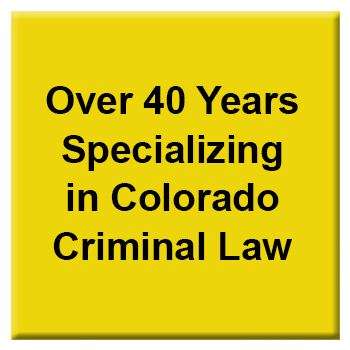 H. Michael Steinberg, is a Denver, Colorado criminal defense lawyer with over 40 years of day to day courtroom experience – specializing in Colorado Criminal Law along the Front Range. He will provide you with a free initial case consultation to evaluate your legal issues and to answer your questions with an honest assessment of your options. Remember, it costs NOTHING to discuss your case. Call now for an immediate free phone consultation.
H. Michael Steinberg, is a Denver, Colorado criminal defense lawyer with over 40 years of day to day courtroom experience – specializing in Colorado Criminal Law along the Front Range. He will provide you with a free initial case consultation to evaluate your legal issues and to answer your questions with an honest assessment of your options. Remember, it costs NOTHING to discuss your case. Call now for an immediate free phone consultation.
Helping Clients To Make Informed Decisions In the Defense of Colorado Criminal Cases.
Contact A Lawyer with Three Decades of Experience as a Denver Criminal Attorney at The Steinberg Colorado Criminal Defense Law Firm today.
Colorado Defense Lawyer H. Michael Steinberg regularly appears and provides solid criminal defense for clients throughout the Front Range of Colorado – including the courts of:
Adams County (Adams County criminal defense lawyer), Arapahoe County (Arapahoe County criminal defense lawyer), City and County of Boulder (Boulder County criminal defense lawyer), City and County of Broomfield (Broomfield County criminal defense lawyer), City and County of Denver (Denver criminal defense lawyer), Douglas County (Douglas County criminal defense lawyer), El Paso County – Colorado Springs (Colorado Springs criminal defense lawyer), Gilpin County (Gilpin County criminal defense lawyer), Jefferson County (Jefferson County criminal defense lawyer), Larimer County, and Weld County ( Larimer and Weld County criminal defense lawyer,….
and all the other cities and counties of Colorado along the I-25 Corridor… on cases involving the subject of this article -Objecting To DA’s Use Of Computer Simulations – Animations – Colorado Criminal Law Series.
Other Articles of Interest:
- Computer Crime 18-5.5-102
- Plea Bargaining And Sentencing – The Role Of Mitigation – Colorado Criminal Lawyer Series
- Colorado Criminal Law – Restitution Orders Can Exceed Actual Amount Of The Crime Charged
- Mandatory Sentencing To Jail – Prison For Repeat Convictions For Felony Theft – 18-4-413
- Attorney Profile




